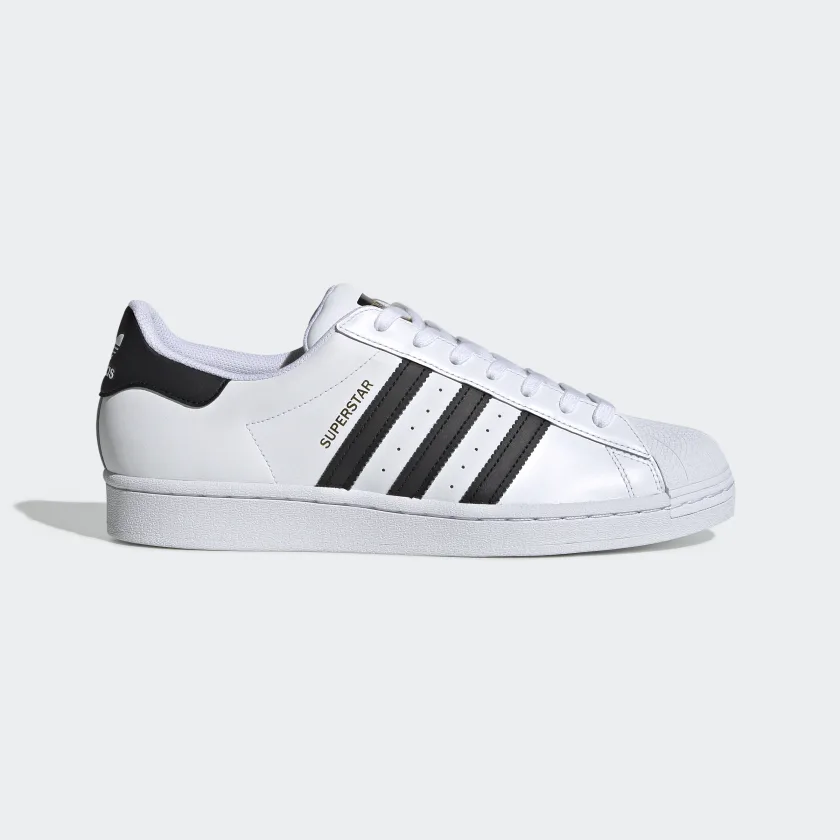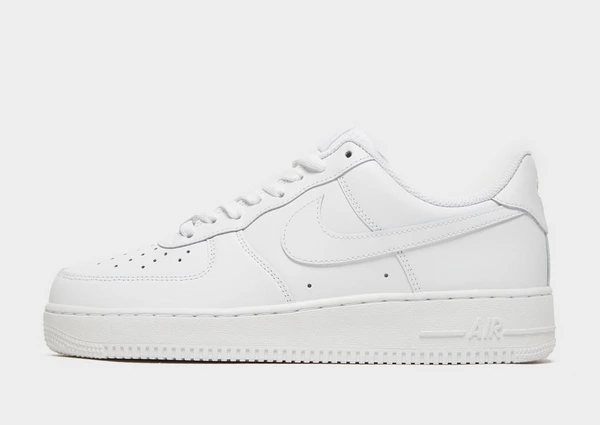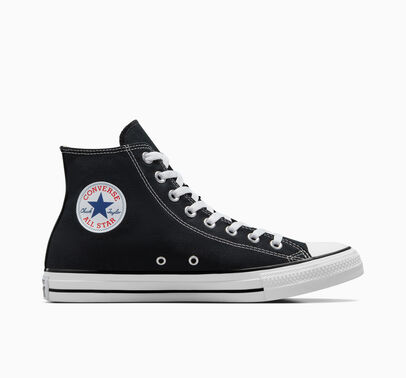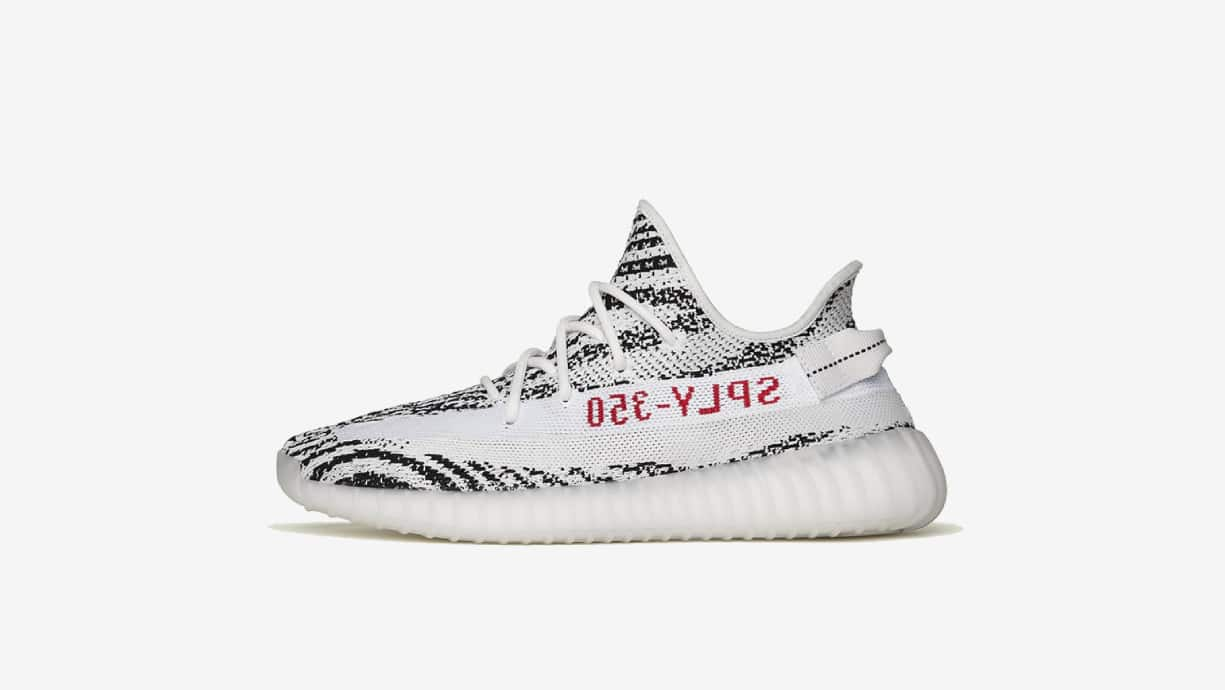The Evolution of Sneakers : From the 70s to Today
- The 70s: The Dawn of Sneakers
- The 80s: The Golden Age of Sneakers
- The 90s: The Diversification of Sneakers
- The 2000s: The Globalization of Sneakers
- The 2010s: The Future of Sneakers
- The Sneaker Odyssey: A Journey Through Time and Trends
- The Evolution of Sneakers: 70s - The Emergence
- Sneaker Revolution: 80s - The Golden Era
- Sneaker Expansion: 90s - The Diversification
- Sneaker Domination: 2000s - The Globalization
- Conclusion: The Sneaker Odyssey
Sneakers have come a long way since their humble beginnings as functional sports shoes. Over the years, they have morphed into fashionable accessories, cultural symbols, and even collector's items. We'll lead you on an exciting journey of the history of sneakers in this piece of writing, from their birth in the early 1970s to the present.
The 70s: The Dawn of Sneakers
The 1970s marked the birth of sneakers as we know them today. With the growing popularity of jogging and fitness, brands like Adidas, Nike, and Reebok began producing lightweight and comfortable shoes tailored for various sports activities. Urban youth, particularly hip-hop and breakdance enthusiasts, embraced sneakers as a means of self-expression and differentiation. Iconic models from this era include the Adidas Superstar, Nike Cortez, and Reebok Freestyle.

Who would have thought that the jogging craze of the 70s would revolutionize the world of footwear? With people all over the globe embracing healthier lifestyles, we saw a demand for shoes that could keep up with the times. As a result, brands started focusing on creating sneakers that provided both comfort and performance. Remember the track and field athletes sporting their Adidas SL 72s during the 1972 Munich Olympics? Little did they know they were setting the stage for a cultural phenomenon.
But it wasn't just the athletes who contributed to the rise of sneakers. The 70s also witnessed the birth of hip-hop culture, which embraced sneakers as a core element of its identity. Do you recall the hip-hop pioneers strutting in their Pro-Keds Royals or Puma Clydes? That's when sneakers began to symbolize more than just sports – they became an emblem of self-expression and street culture.
The 80s: The Golden Age of Sneakers
The 1980s saw the heyday of sneakers, as iconic models emerged and left their mark on the worlds of fashion and sports. Sneakers became objects of desire, collectibles, and even cult symbols. Companies relied on technological innovation, design, and marketing to appeal to consumers. Celebrities like Michael Jordan, Run DMC, and Madonna donned sneakers, further popularizing them. Essential models of this decade include Nike Air Force 1, Adidas Stan Smith, and Reebok Pump.

Can you imagine a time when sneakers were not just shoes, but collectibles? The 80s brought about a sneaker frenzy, with brands competing to create the most innovative and desirable kicks. Remember the excitement when Nike introduced the Air technology in 1987, revolutionizing the way we thought about cushioning? Or the feeling of stepping into a Reebok Pump and experiencing a customized fit for the first time?
During this era, sneakers infiltrated the music scene as well. Who can forget Run DMC's "My Adidas," an anthem that catapulted sneakers into the mainstream? And let's not overlook the impact of Michael Jackson moonwalking in his white socks and black loafers, paving the way for future artists to make bold footwear statements. Sneakers were more than simply shoes in the 1980s; they were a cultural trend.
The 90s: The Diversification of Sneakers
During the 1990s, sneakers branched out into a myriad of styles and genres. Brands sought to differentiate themselves and cater to the specific needs of each sport or activity. Sneakers followed fashion trends, adopting bold colors, printed patterns, and original shapes. Additionally, sneakers mirrored the social and cultural movements of the time, such as grunge, rap, and skateboarding. Emblematic models of this era include Nike Air Max, Adidas Gazelle, and Converse All Star.

As we entered the 90s, we saw sneakers branching out in all directions. With so many unique subcultures emerging, there was a demand for sneakers that catered to everyone's needs. Do you remember when skateboarding took the world by storm, and brands like Vans and DC Shoes offered durable, stylish options for skaters? Or when the grunge movement embraced sneakers like the Converse One Star as a symbol of rebellion?
The 90s also marked the beginning of the collaboration era. Brands started teaming up with artists, designers, and musicians to create exclusive, limited-edition sneakers. Remember the excitement when the first Nike x Supreme collaboration dropped, marking the beginning of a long-lasting partnership? These collaborations opened the door for countless creative partnerships in the sneaker world.
The 2000s: The Globalization of Sneakers
The new millennium ushered in the worldwide diffusion of sneakers, propelled by the internet and social media. Sneakers became a global phenomenon, transcending age, gender, and social class boundaries. Brands devised international communication and distribution strategies, collaborating with artists, celebrities, and specialized stores. Sneakers gained prestige and value, transforming into works of art or collector's items. Representative models of this period include Nike Air Yeezy, Adidas NMD, and Balenciaga Triple S.

The internet and social media connected us like never before, and the world of sneakers was no exception. With platforms like YouTube, sneaker enthusiasts could now share their passion and knowledge with others, creating a global community. Who would have thought that sneaker unboxing videos would become a phenomenon, with millions of people watching someone unveil their latest purchase?
This era also saw the rise of sneaker resale marketplaces like StockX and GOAT, where individuals could buy, sell, or trade their coveted kicks. Remember the feeling of browsing through these platforms, searching for that one pair of sneakers that had eluded you for years? The 2000s turned sneakers into a global business, and people were more than willing to invest in their passion.
The 2010s: The Future of Sneakers
The decade of 2010 paved the way for a new wave of shoes that pushed the envelope of what was possible. Brands explored new technological, aesthetic, and ecological frontiers, offering smart, customizable, or recyclable footwear. Sneakers also adopted codes from luxury and high fashion, incorporating refined details and high-quality materials. Sneakers have become more than just an accessory; they are a means of expression, identity, and belonging. Flagship models of this decade include Nike Mag, Adidas Yeezy Boost, and Gucci Ace.

As we ventured into the 2010s, the line between sneakers and high fashion began to blur. Remember when luxury brands like Gucci and Balenciaga started creating their own versions of sneakers, merging comfort with high-end design? Or when fashion-forward celebrities like Kanye West and Rihanna collaborated with brands to create their own signature lines? This shift marked a new era where sneakers became a staple in both streetwear and luxury fashion.
The 2010s also witnessed the growing influence of technology in the sneaker world. Can you picture a day when you might alter the color or pattern of your sneakers with a few touches on your smartphone to suit your mood? Or when brands like Nike introduced self-lacing sneakers, making us feel like we stepped into a futuristic sci-fi movie? The marriage of technology and sneakers opened up a world of possibilities, transforming our footwear experience forever.
The Sneaker Odyssey: A Journey Through Time and Trends
From their inception as functional sports shoes to their current status as cultural icons and fashion statements, sneakers have undergone a remarkable evolution. As we look to the future, sneakers will continue to break boundaries and redefine our understanding of footwear, merging technology, art, and personal expression.
FAQs
1. When did sneakers first become popular?Sneakers gained popularity in the 70s, with the rise of jogging and the emergence of hip-hop culture.
2. How did the 80s contribute to the growth of sneaker culture?The 80s were marked by innovative sneaker designs, the influence of iconic personalities like Michael Jordan and Run DMC, and the increasing popularity of sneakers as collectibles.
3. What role did the 90s play in the diversification of sneakers?The 90s saw the growth of various subcultures, each with their unique sneaker preferences, and the rise of collaboration between brands and artists, designers, or musicians.
4. How did the internet and social media impact sneaker culture in the 2000s?The internet and social media enabled the globalization of sneaker culture by connecting sneaker enthusiasts worldwide, popularizing sneaker unboxing videos, and facilitating the rise of sneaker resale marketplaces.
5. What are some notable trends in sneakers from the 2010s?The 2010s saw the fusion of sneakers and high fashion, as well as the incorporation of technology in sneaker design, offering customizable, connected, and futuristic footwear experiences.
Sneakers, once mere functional sports shoes, have evolved into a fashion accessory, a cultural statement, and a collector's item. This article offers an in-depth journey through the history of sneakers, starting from their debut in the early 1970s to their current global significance.
The Evolution of Sneakers: 70s - The Emergence
The 1970s paved the way for the sneakers we know today. Fuelled by the fitness wave and jogging trend, top brands like Adidas, Nike, and Reebok started manufacturing lightweight, comfortable footwear for a variety of sports. Sneakers became an identity marker, with urban youth, especially the hip-hop and breakdancing community, using them for self-expression. Some of the landmark models from this era include the Adidas Superstar, Nike Cortez, and Reebok Freestyle.
In the 70s, jogging became a mainstream activity, accelerating the evolution of footwear. The rise in health-conscious behavior led to an increased demand for performance-driven footwear. The Munich Olympics of 1972 was a testament to this trend, with athletes sporting their Adidas SL 72s. Little did they know, this was the inception of a significant cultural movement.
The decade also saw the advent of the hip-hop culture, which embraced sneakers as an integral part of its identity. The sight of hip-hop pioneers rocking their Pro-Keds Royals or Puma Clydes was a clear indication that sneakers had transformed from mere sports gear into a symbol of self-expression and street culture.
Sneaker Revolution: 80s - The Golden Era
The 1980s were a time of rapid evolution for sneakers. Iconic models took the stage, transforming the face of both fashion and sports. Sneakers evolved into desirable collectibles and even cultural symbols. Companies used technology, design, and marketing strategies to charm consumers. Celebrities such as Michael Jordan, Run DMC, and Madonna adorned sneakers, boosting their popularity. The decade was marked by legendary models like Nike Air Force 1, Adidas Stan Smith, and Reebok Pump.
During this time, sneakers transitioned into collectible items. Brands raced to develop the most innovative and desirable shoes. Remember the introduction of the Air technology by Nike in 1987? It changed our perception of shoe cushioning. Similarly, the advent of the Reebok Pump offered a custom fit for the first time, revolutionizing the sneaker experience.
The music scene of the 80s also heavily integrated sneakers. Take, for instance, Run DMC's anthem, "My Adidas", which propelled sneakers into mainstream consciousness. The impact of Michael Jackson moonwalking in his signature black loafers and white socks set a precedent for future artists to make bold footwear choices. Sneakers were more than just shoes in the 1980s – they had become a cultural phenomenon.
Sneaker Expansion: 90s - The Diversification
In the 1990s, the sneaker world exploded into a plethora of styles and genres. Brands strategized to differentiate themselves, catering to the unique requirements of each sport or activity. Sneakers aligned with the fashion trends of the era, incorporating bold colors, printed patterns, and inventive shapes. Iconic models from this period include the Nike Air Max, Adidas Gazelle, and Converse All Star.
As we moved into the 90s, the emergence of diverse subcultures drove the demand for unique sneaker designs. Do you remember the skateboarding frenzy and how brands like Vans and DC Shoes met the need for durable, stylish skate shoes? Or how the grunge movement adopted sneakers like the Converse One Star as a symbol of rebellion?
This era also initiated collaborations between brands and artists, designers, or musicians. Limited-edition sneakers, like the first Nike x Supreme collaboration, marked the beginning of creative partnerships that revolutionized the sneaker industry.
Sneaker Domination: 2000s - The Globalization
The dawn of the new millennium witnessed a worldwide spread of sneaker culture, propelled by the internet and social media. Sneakers transformed into a global phenomenon, breaking down boundaries of age, gender, and social class. Brands like Nike, Adidas, and even luxury labels like Balenciaga devised international strategies, collaborating with artists and celebrities, and partnering with specialized stores. During this period, sneakers became prized collectibles and art pieces, with iconic models like the Nike Air Yeezy, Adidas NMD, and Balenciaga Triple S setting trends.
In the 2010s, the line between high-end fashion and sneakers blurred. Luxury brands like Gucci and Balenciaga started launching their unique sneakers, fusing comfort with high fashion. Celebrities like Kanye West and Rihanna collaborated with brands to create signature lines, making sneakers a staple in both streetwear and luxury fashion.
The influence of technology in the sneaker world became more pronounced in this decade. Picture changing the color or pattern of your sneakers with a few taps on your smartphone, or lacing your shoes with the help of technology, like Nike's self-lacing sneakers. This convergence of technology and sneakers has revolutionized our footwear experience, opening up a world of possibilities.
Conclusion: The Sneaker Odyssey
From their origins as simple sports shoes to their present status as cultural symbols and fashion staples, sneakers have undergone a transformative evolution. As we look towards the future, they continue to redefine our concept of footwear by merging technology, art, and personal expression.
Frequently Asked Questions (FAQs)
- When did sneakers first become popular? Sneakers gained popularity in the 70s with the emergence of the jogging trend and the hip-hop culture.
- How did the 80s contribute to the growth of sneaker culture? The 80s saw innovative sneaker designs, the influence of celebrities like Michael Jordan and Run DMC, and the rise of sneakers as collectibles.
- What role did the 90s play in the diversification of sneakers? The 90s introduced the concept of brand collaborations and catered to the distinct sneaker preferences of emerging subcultures.
- How did the internet and social media impact sneaker culture in the 2000s? The internet and social media globalized sneaker culture, connecting enthusiasts worldwide, and promoting the sneaker resale marketplaces.
- What are some notable trends in sneakers from the 2010s? The 2010s witnessed the merger of sneakers and high fashion, and the integration of technology in sneaker design, offering customizable and futuristic footwear experiences."